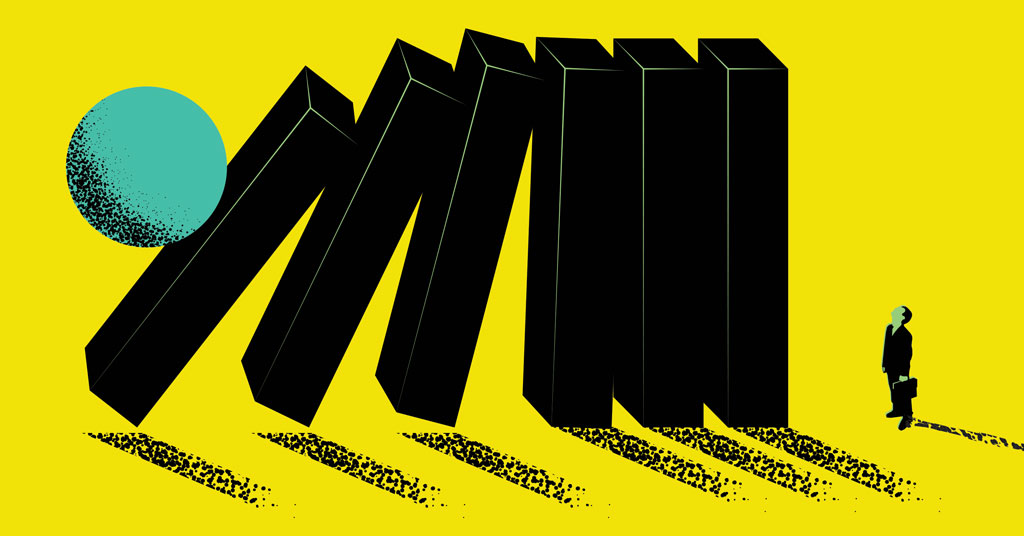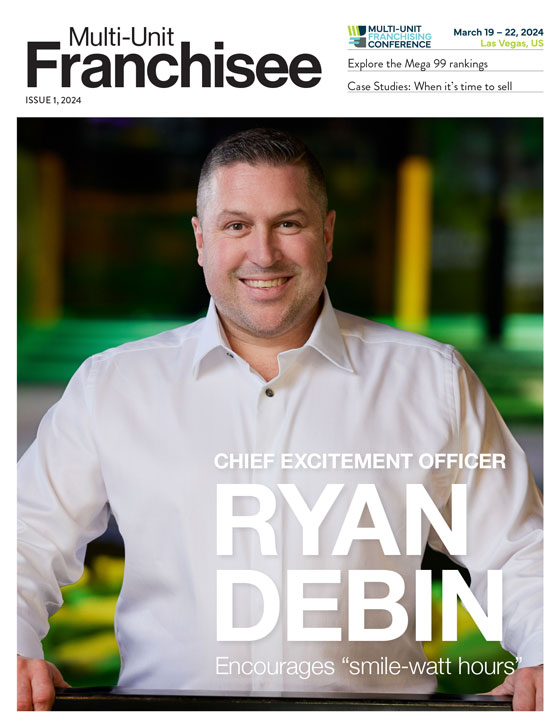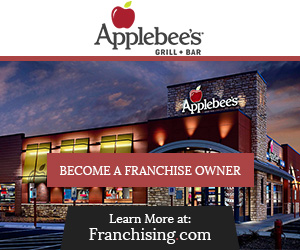Predictably Unpredictable: Consumer behavior defies rational expectations

“The pendulum of the mind oscillates between sense and nonsense, not between right and wrong.”—Carl Jung
For much of the past few years, we have been perplexed over the seeming disconnect between consumers’ collective dour mood—expressed to pollsters in a variety of regular sentiment surveys, such as the monthly University of Michigan Consumer Confidence reading—and their actual fiscal resources.
Theoretically, individual financial situations on the backside of the pandemic were far superior to those experienced by most in this country after the Great Recession of 2008–09. Aggregate household net worth has never been higher, debt service levels have been low, and the unemployment rate has been below 4% for the better part of the past two years. After the Great Recession, unemployment hit double digits, personal bankruptcies soared, and millions lost their homes or were substantially underwater, leaving financial situations irrevocably altered. Yet moods were nowhere near as sour then as this time.
The trillions in aid provided directly to consumers during and after the pandemic plus a raging jobs market provided ample choices and mobility. Economic opportunity for the median citizen is in substantially better shape than after the Great Recession. Even though moods have been dour, spending has been strong—first on goods, then services, and more recently on both categories. The disconnect between financial mood and personal economic reality is perplexing.
We suspect the primary factor at play boils down to an underlying sense of vulnerability. Consumers simply are not the “homo economicus” (rational beings) that economists expect them to be. In most models of economic behavior, theorists project that individuals will make decisions only after a careful analysis of potential risk and return. But in the real world, emotions and personal biases prompt actions that bear little relation to the predicted outcomes.
As we came out of global lockdown, our worlds had been upended in virtually every aspect of personal and work life. That unpredictability can create havoc for business owners, politicians, and our economy where consumers power nearly 70% of U.S. total output. Meme stocks, cryptocurrency meltdowns, viral TikToks, and spur-of-the-moment Amazon Prime purchases wouldn’t cycle with as much speed if each of us popped open our “risk/return” mental calculator before making decisions.
For investors, consumer behavior affects corporate results directly and indirectly. Think of disruptions to toilet paper, appliances, autos, and concert tickets in just the past three years to see the footprints of consumer behavior imprinted far and wide.
In coming out of the pandemic, the severe swing in consumer behavior moving from goods to services prompted the massive dislocations that spawned a rapid spike in interest rates. The Federal Reserve’s historic tightening—525 basis points in little more than a year—prompted historic dual bear markets in both stocks and bonds. The Fed also tightened by reducing the size of its balance sheet, which is down more than $1 trillion from where it ended during the pandemic era. While the monetary tightening worked relatively quickly at slowing the inflation rate, overall prices remain elevated relative to pre-pandemic levels, adding to the unease pervading people’s psyches.
What will 2024 hold?
Consumers tell pollsters one thing even as they are behaving in a different mode. We suspect that even if they’re unhappy about higher prices, job security and the flexibility to get a new one create a sturdy base for spending. In the new year, it will be critical to watch this balance. If layoffs were to accelerate and/or the number of job openings decline, consumers could feel more vulnerable about their ability to sustain spending.
Inflation itself can be distorting headline numbers, masking underlying softening. Looking at volumes, piece run rates, and YOY unit changes can be a more useful input into analysis.
This is a new normal for many. The vast majority of the investment industry, including advisors, bankers, and analysts modeling term sheets, have never lived in an interest rate environment where the real rate was above zero. The go-forward cost of capital is likely to be more like the 1990s’ norm with “neutral” around 2–2.5%. If the Fed succeeds in getting inflation to 2%, this means base rates will start at 4–4.5%, necessitating a rebuilding of models and a reassessment of business plans. Strategies that worked with 0% money won’t necessarily net out at 4.5% plus.
Watch key consumer health numbers closely in 2024. Consumers face many headwinds that, so far, they’ve been able to resist: resumption of student loans, higher health insurance, rent, day care, and other costs. Credit card bills and buy-now-pay-later contracts from the robust holiday selling season will also come due in the first quarter. Should the labor market continue to cool, this combination of influences could amp the feelings of vulnerability.
Monitoring critical consumer data points such as overall debt service levels, unemployment claims, continuing claims, and delinquencies will be telling signposts for investors and companies alike as we attempt to project how consumers will behave in the year ahead.
Carol Schleif is chief investment officer at BMO Family Office, a wealth management advisory firm delivering investment management services, trust, deposit, and loan products and services through BMO Harris Bank. To learn more, visit www.bmofamilyoffice.com.
Share this Feature
Recommended Reading:
FRANCHISE TOPICS
- Multi-Unit Franchising
- Get Started in Franchising
- Franchise Growth
- Franchise Operations
- Open New Units
- Franchise Leadership
- Franchise Marketing
- Technology
- Franchise Law
- Franchise Awards
- Franchise Rankings
- Franchise Trends
- Franchise Development
- Featured Franchise Stories
FEATURED IN

Multi-Unit Franchisee Magazine: Issue 1, 2024

$300,000
$550,000





 The multi-unit franchise opportunities listed above are not related to or endorsed by Multi-Unit Franchisee or Franchise Update Media Group. We are not engaged in, supporting, or endorsing any specific franchise, business opportunity, company or individual. No statement in this site is to be construed as a recommendation. We encourage prospective franchise buyers to perform extensive due diligence when considering a franchise opportunity.
The multi-unit franchise opportunities listed above are not related to or endorsed by Multi-Unit Franchisee or Franchise Update Media Group. We are not engaged in, supporting, or endorsing any specific franchise, business opportunity, company or individual. No statement in this site is to be construed as a recommendation. We encourage prospective franchise buyers to perform extensive due diligence when considering a franchise opportunity.